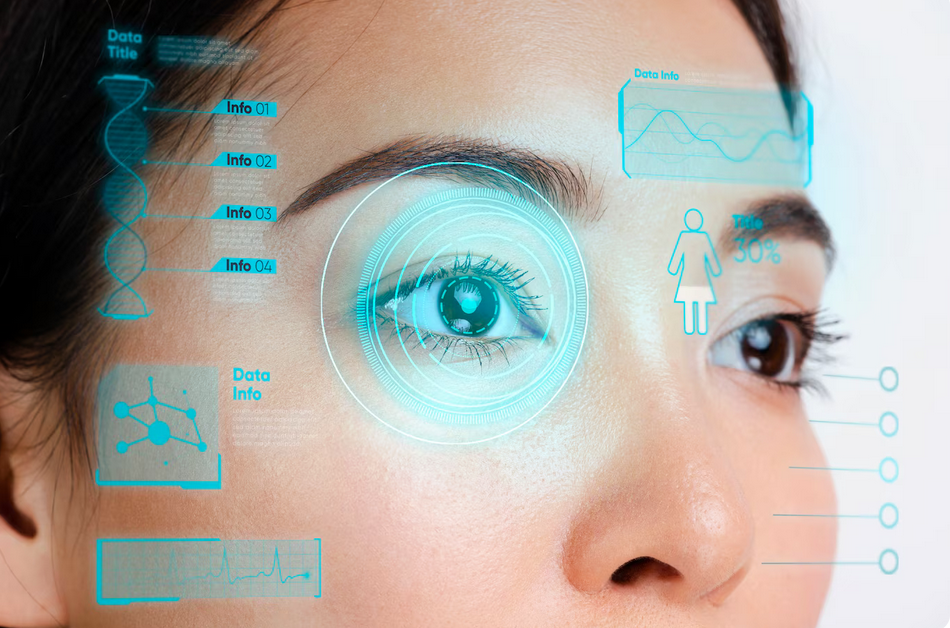Treatment Overview
Conjunctival Mullerectomy is a specialized eyelid surgery for mild to moderate ptosis (drooping eyelids) that lifts the upper eyelid by shortening the Müller’s muscle from the inside of the eyelid. Unlike traditional ptosis surgery, this procedure does not require an external incision on the eyelid skin. Instead, the surgeon operates from the conjunctival (inner eyelid) side, making it an almost scarless approach.
In Korea, conjunctival mullerectomy is widely performed due to the country’s expertise in refined, minimally invasive eye surgeries. Korean surgeons combine advanced microsurgical techniques with precise eyelid design to achieve natural, youthful, and symmetrical results that enhance both vision and aesthetics.
Purpose & Benefits
- Corrects mild to moderate ptosis without external incisions.
- Creates a scarless eyelid lift (as incisions are hidden inside the eyelid).
- Restores clearer vision by lifting droopy eyelids away from the pupil.
- Provides a natural eyelid crease and improved symmetry.
- Reduces surgical trauma, swelling, and recovery time compared to external methods.
- Long-lasting results with high patient satisfaction.
Ideal Candidates
- Patients with mild to moderate drooping eyelids caused by Müller’s muscle weakness.
- Individuals with good levator muscle function but insufficient lift.
- Those who want a scarless procedure for ptosis correction.
- Patients who have tested positive with phenylephrine eye drops (a diagnostic test that predicts good outcomes).
- Adults in good health seeking natural and permanent results.
Possible Risks & Complications
While generally safe, possible risks may include:
- Temporary redness, swelling, or irritation of the inner eyelid.
- Minor asymmetry in eyelid height.
- Overcorrection or undercorrection (rare with experienced surgeons).
- Temporary dryness or foreign-body sensation.
- Infection or delayed healing (rare in Korea’s sterile surgical environment).
Surgical Techniques Used in Korea
Korean surgeons are globally recognized for their precision in eyelid surgeries, and conjunctival mullerectomy typically involves:
- Hidden Incision: Performed inside the upper eyelid, leaving no external scar.
- Müller’s Muscle Resection: A portion of the Müller’s muscle and conjunctiva is carefully removed to lift the eyelid.
- Eyelid Height Adjustment: Fine sutures are placed to achieve the desired lift and crease height.
- Microsurgical Precision: Surgeons use magnification and micro-instruments for enhanced accuracy.
- Combination Procedures (if needed): Can be combined with blepharoplasty or levator advancement for comprehensive results.
Recovery & Aftercare
- Initial swelling and redness last about 5–7 days.
- Stitches are usually dissolvable, so no removal is required.
- Most patients return to daily activities within 1 week.
- Full recovery with final eyelid shape appears within 1–2 months.
- Korean clinics offer specialized aftercare programs including cooling treatments, regenerative injections, and scar management (if combined with external procedures).
Results & Longevity
Results are typically long-lasting or permanent, as the Müller’s muscle is surgically shortened and repositioned. Patients achieve a naturally lifted eyelid, improved vision in cases of functional ptosis, and a brighter, more youthful eye appearance. In Korea, the focus is on subtle enhancement that maintains harmony with the patient’s facial features.
Treatment Process in Korea
Korea is one of the leading destinations for ptosis correction surgeries, including conjunctival mullerectomy. The treatment process generally includes:
- Comprehensive Eye Examination including eyelid function testing and phenylephrine drop test.
- Personalized Surgical Planning to match crease height, eyelid symmetry, and facial balance.
- Minimally Invasive Surgery performed under local anesthesia with sedation for patient comfort.
- High-Tech Facilities with microscopes, 3D imaging, and micro-instruments.
- Aftercare Programs with therapies to reduce swelling and enhance healing.
- Medical Tourism Support including translators, recovery accommodations, and international patient services.
Cost Range
The cost of Conjunctival Mullerectomy in Korea typically ranges from ₩2,500,000 to ₩5,000,000 KRW (USD $1,900 – $3,800), depending on:
- Surgeon’s expertise and clinic reputation.
- Whether one or both eyelids are treated.
- Inclusion of combination procedures (e.g., blepharoplasty).
- Post-operative care and medical tourism package services.
Popular Clinics in Korea
- Banobagi Plastic Surgery – Renowned for natural, scarless ptosis repair.
- ID Hospital – Offers advanced ptosis correction with 3D imaging.
- View Plastic Surgery – Specializes in minimally invasive eye surgeries.
- JW Plastic Surgery – Internationally accredited, popular with overseas patients.
- GNG Hospital – Known for functional + cosmetic eyelid surgery integration.




